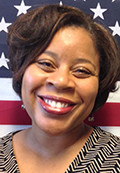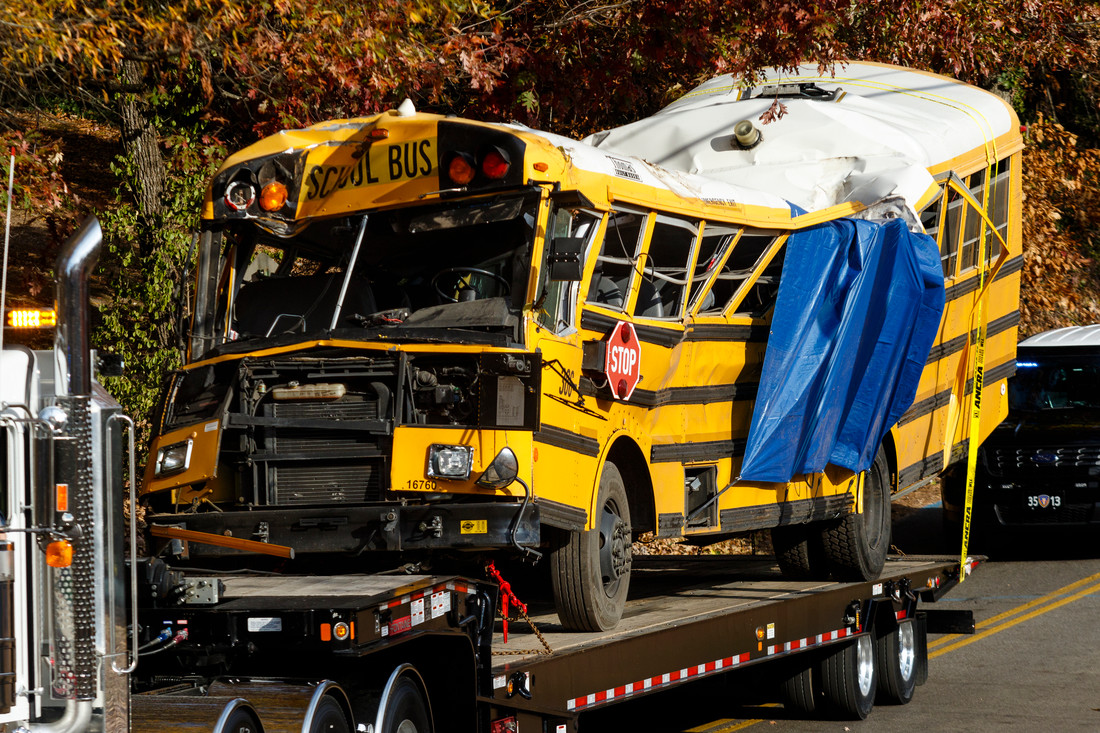SNPA papers hold fast to protocols that guard against fake news
New details emerged about an allegedly homicidal school bus driver in Tennessee and the principal of an Arkansas school where a substitute teacher was accused of having sexual contact with a student.
The information was riveting. Riveting and believable. Yet, SNPA members in Chattanooga and Hope didn't print the compelling new particulars about the big stories in their cities. Meanwhile, their competitors had the goods and so did national news outlets.
Some Arkansas citizens accused the Hope Star of a shady coverup, the newspaper's editor recalled. And the Chattanooga Times Free Press? Well, it sure looked like the national media was beating the hometown paper in its backyard.
There was no coverup and there was something more important than being first. It was important to get the story right and the riveting statements about the bus driver and the principal that others were reporting turned out not to be true.
Like other mainstream newspapers, The Star and Times Free Press hold fast to protocols that guard against the publication of fake news. Some require a minimum of three named sources for every story. Others forbid unnamed sources. Period.
With the introduction of "fake news" and "alternative facts" into the nation's lexicon, those reporting guidelines are what distinguish these newspapers from news outlets that operate without them.
From Alaska to Pennsylvania and all points in between, reputable newspapers strive to eschew fast and first to deliver only facts. It's a practice hailed recently by former Washington Post reporter, Bob Woodward. Woodward is half of what's arguably the most famous reporting duo that used a secret source successfully by taking time to verify every allegation as it reported about Watergate.
"The editors of The Washington Post gave us the precious luxury of time to pursue all leads, all people, who might know something, even something small," said Woodward during the White House Correspondents Dinner as he discussed the reporting that helped impeach former President Richard Nixon. "Now, in 2017, the impatience and speed of the internet and our own rush can disable and undermine the most important tool of journalism. ... Obviously our reporting needs to get both facts and tone right."
The pressures of online reporting
Steve Boggs, editor of BH Media's Waco Tribune-Herald in Texas, regularly feels and thwarts the pressure of online reporting.
"Electronic media in our market routinely quote unnamed sources, and publish content" without identifying the source of the information, Boggs said. "One story used a total of nine unnamed sources. ... As a result, we occasionally get beat on time sensitive stories. We're okay with that."
Boggs recounted how their standard played out in reporting on alleged sexual assaults at Baylor University that have garnered national attention.
"In April 2016 we got a tip from one of our most reliable sources ... that Baylor senior defensive lineman Shawn Oakman was the subject of a search warrant (that) ... sought evidence to support a sexual assault outcry, including DNA and women's undergarments, at his Waco apartment. The tip was gold, except for one thing: Waco police had not yet arrested Oakman."
"We held on the story for a couple of days, waiting for Waco PD to arrest him. When it became obvious that this story was going to get out, we decided to publish the details of the search warrant without naming Oakman. We identified him only as a prominent starting defensive player on the 2015 team. Within minutes, his name was attached to the story on social media circles and other media reports about our story. We continued to refer to him without naming him until he was arrested six days later."
Rick Kennedy, editor of GateHouse's Hope Star, made a similar decision when allegations of sexual contact between a teacher and student at a local school surfaced last spring. An online blog reported that the school principal was also under investigation in the same sexual assault case and was subsequently fired, Kennedy recalled.
"We sat on the story for two days until we got the police report and copy of the report from the school district. He had not been fired," Kennedy said. "We took hits in our community. People were asking, 'Why are you covering up for the principal?' But we felt it was better to get it right."
Dennis Lyons, regional editor at Community Newspaper Holdings Inc., has been a journalist for 42 years. Bad information and the grip of breaking news is nothing new, he said, remembering erroneous reports of White House Press Secretary James Brady being killed during the assassination attempt on President Ronald Reagan.
During the early days of his career, Lyons said, "You never knew what you'd get when you picked up the phone. Now you get tweets, Facebook messages. The actual tools are different, but the premise remains the same."
Sourcing guidelines
Lyons, who is also the editor of the Danville Times and Daily Item in Sunbury, Penn., said he does not permit unnamed sources in his newspapers. "Using something just so you don't get beat, that's just not a good enough reason."
To ward against the publication of fake news, The Juneau Empire, part of Morris Communications, has a Johnny Cochran-style mantra.
The Empire abides by the rule, "When in doubt, leave it out" until it can be verified, said its editor Emily Miller. Additionally, "all stories get three sources when possible." Miller's city is often the site of rumored celebrity visits. "We are a popular destination for celebrities and we get super yachts coming through all the time. But our protocol is we assume everything is a rumor or fake."
Last fall, rumors surrounding a fatal bus crash in Chattanooga weren't as innocuous as a Top Chef citing in Juneau. Claims that the school bus driver made death threats before the accident that killed six children were heartbreaking and headline making. The Times Free Press did not print it, said editor Alison Gerber.
Googling "Chattanooga school bus ready to die" reveals that quote, attributed to a woman who was not on the bus, still exists on national and local news sites.
Gerber, whose paper is a part of WEHCO Media, said their articles did not include the information because the staff "did not have adequate sourcing." Subsequently, those sourcing rules proved beneficial. "A federal investigator later said at a press conference that based on the review of the camera on the bus, there was no evidence the driver made that statement." (Read about the Statement of Core Values that all WEHCO papers publish daily.)
Like his fellow SNPA members, Kennedy, of the Hope Star, knows sourcing guidelines protect the reputation of the industry ... and his paper.
"In our small town ... everybody would know if we put out an article that was fake," said Kennedy who lives in a city of about 10,000 people. "They're cousins or married to the city official. In a small town environment, if you get it wrong, they see right through you and you have a credibility problem. We haven't been here for 117 years for having a credibility problem."

Christy Oglesby is a storyteller with a passion for leveraging analytics to grow, delight and retain audiences with irresistible content. She's a former managing editor of audience growth for Cox Media Group. Previously she worked for CNN/US and CNN.com where she pioneered insights-driven programming to grow a multi-million dollar VOD enterprise. Feel free to share your anecdotes about thwarting the publication of "fake news" with her at choglesby@gmail.com.







